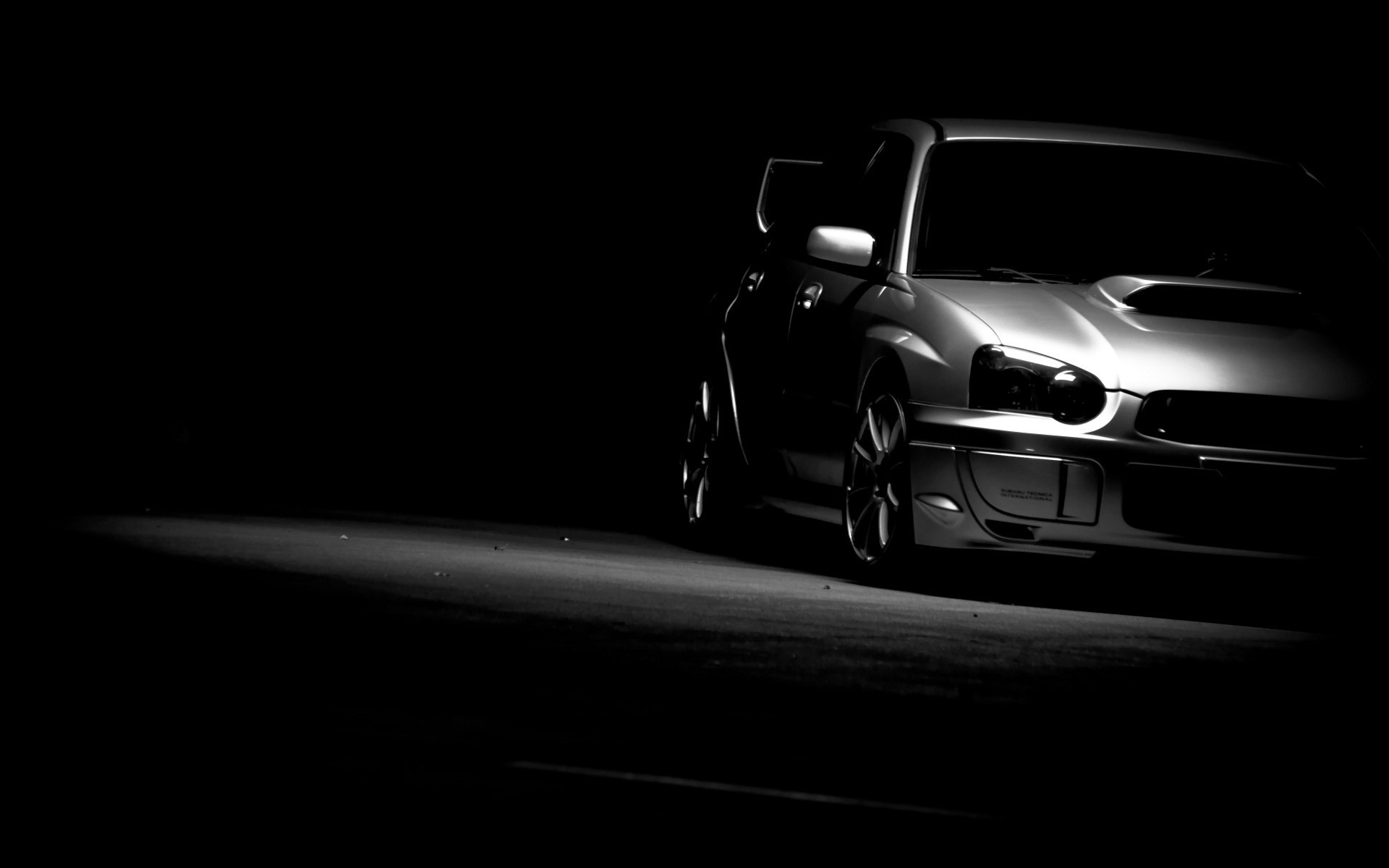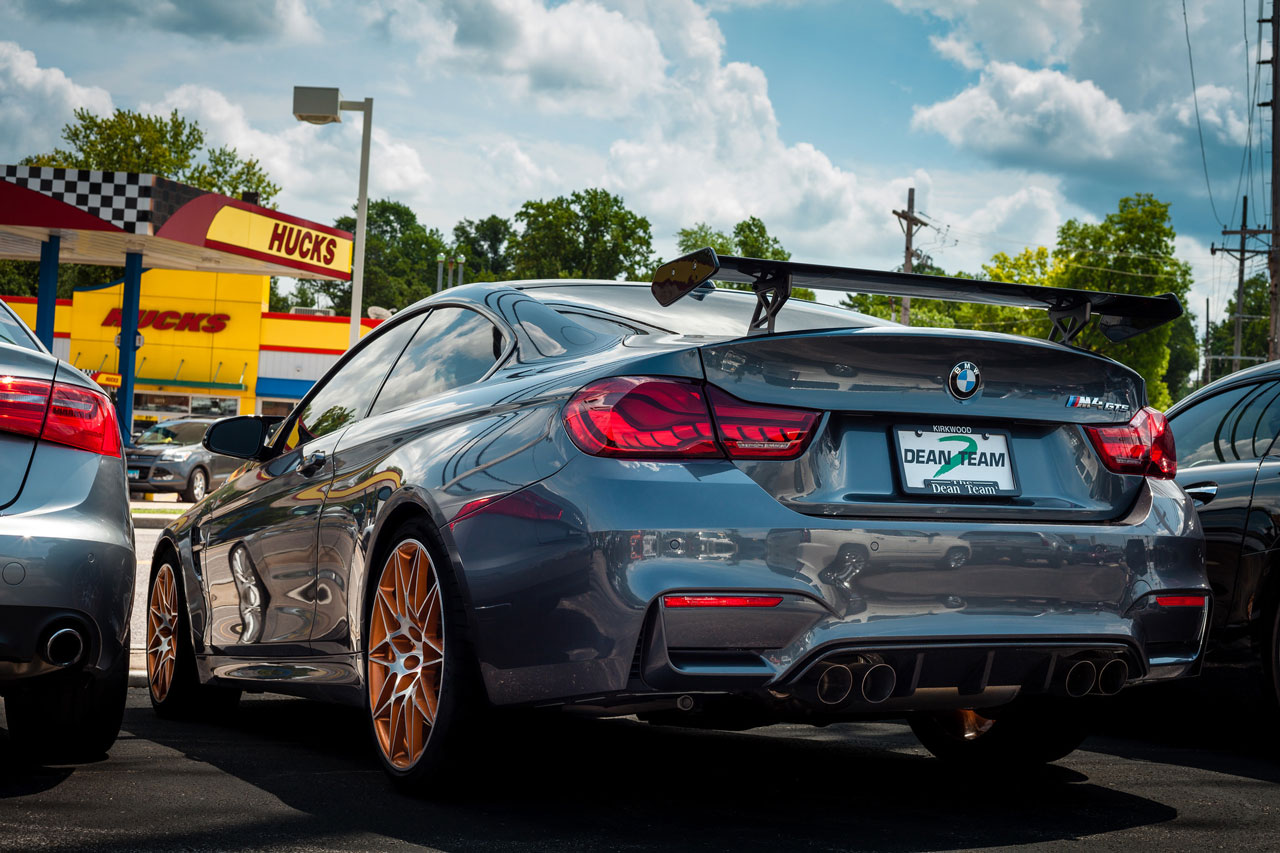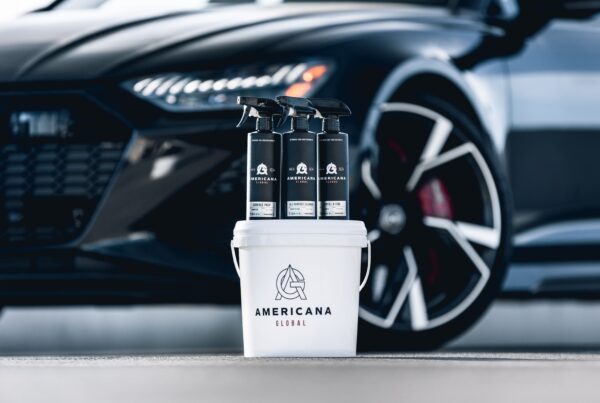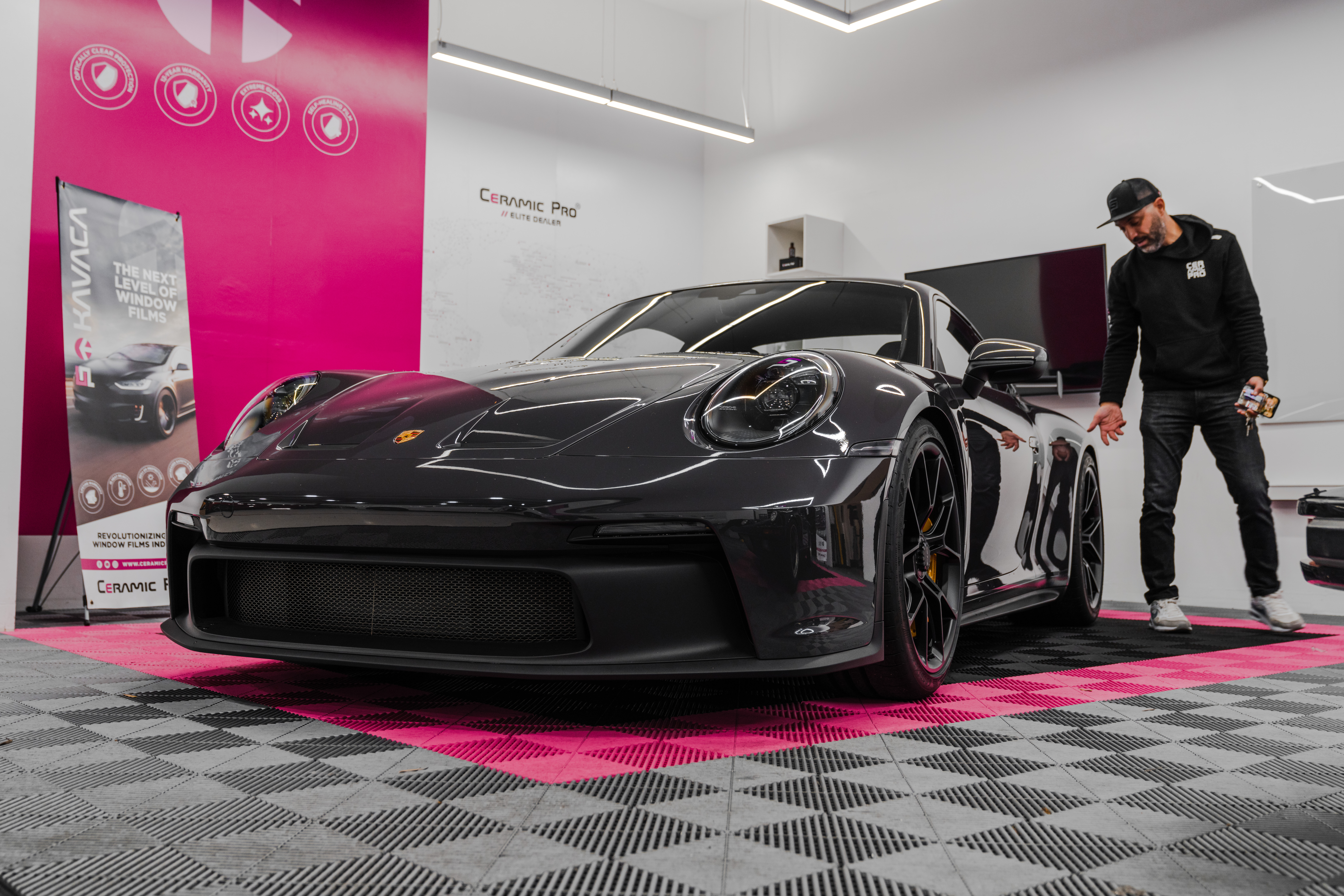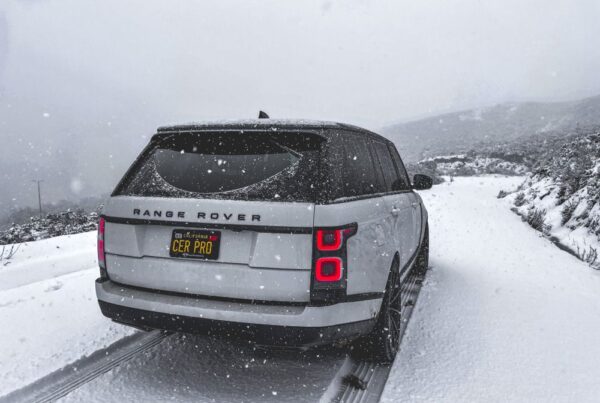It’s estimated that more than half of the homes in the United States do not have a covered parking garage. While many of us can’t live without our ‘toy boxes’ – others who are passionate vehicle owners are forced to come up with creative ways of protect car paint without a garage. Some of their ideas are proactive – others – not so much.
The world today is filled with toxins, chemicals, and emissions that can slowly eat away at the surface materials found on your daily driver. UV rays, acid rain, bird droppings, and pollen can penetrate the clear coat on the vehicle’s paint job, while cold and hot weather can prematurely age rubber and plastic trim pieces.
If you don’t have the luxury of a covered or garage door enclosure or a steel carport, here are some creative ways of keeping your car, truck, or SUV protected from the elements.
What Causes Damage on Car Paint?
Every day, your ride is bombarded with toxins – yes, we mentioned this above. But one of the biggest misconceptions about car paint is that the clear coat will block contaminants and UV rays by itself. Some believe that the quick application of natural carnauba wax will do the trick.
However, that’s just not accurate. A clear coat is microscopic thin – as in – thinner than paper. Want to add a layer of car wax that only holds up for a few months? Your protection just got a half of the thickness of that piece of paper extra. UV rays, bug splatters, tree sap, pollen, and road debris can stick to the top layer of your vehicle and slowly eat away until it gets to raw paint. The clear coat of paint is what becomes embedded with swirl marks by using automatic car washes or poor-quality towels.
Eventually, these materials will penetrate the pigment – and start to corrode and oxidate on the metal. There are some people who are strong believers of using an outdoor or indoor car cover to protect from these contaminants – and there is some logic behind those thoughts. However, they are not the optimal solutions.
Some of the major contributors that accelerate paint corrosion may include:
UV Rays: The sun is awesome for providing warmth on a winter morning and making that deep paint job look rich, but it can also cause havoc to your vehicle’s surface. There are two types of UV rays – UVA (which is responsible for causing damage to the surface of a substance – usually aging) and UVB – which is what causes burns and skin damage). Heat is produced by infrared rays or IR.
Natural Waste: Bird droppings and bug splatters are second on the list of items that can wreck a cars paint surface. Both items are highly acidic, with other ingredients that stick to different materials on your vehicle. If you don’t remove them from the clear coat, even windows – they will begin to stain and etch into the top layers – especially on the car’s paint.
Smog & Pollution: Smog is essentially unburned particulates that is derived from fossil fuels. It’s carbon emissions that circulate amongst the air you breathe and eventually finds a home on your car’s paint surface. If the vehicle isn’t washed on a normal basis, smog and industrial pollution will bond to the surface, again causing damage.
What to Do If You Don’t Have a Garage
Let’s be blunt – we’re not going to tell you to buy a carport, a blow-up device, or anything else to park your vehicle inside. Today’s professional-grade ceramic coating and paint protection film will do a phenomenal job at protecting your vehicle for YEARS – against normal wear and tear and exposure to the outdoors.
Now, you’re probably thinking to yourself, “well, I would buy a ceramic coating or PPF if it wasn’t so expensive.” And you know what – that’s fair. A professional-applied and CARFAX documented Ceramic Pro 9H Gold Package that comes with a lifetime warranty is an investment in the protection of your vehicle.
However, that’s the top of the mountain. There are several package levels that will fit virtually every budget – and keep your car, truck, SUV, or other vehicle from continual outdoor protection. There are also some other DIY protection products that will serve to protect the paint, plastic trim, and other exposed car parts that you may want to consider.
Natural Carnauba Wax
The first car wax was introduced to the global consumer market in 1944. It was called Plastone and was invented by a chemist named Ben Hirsch. It was a liquid car wax that was comprised mainly from natural carnauba wax – a secretion derived from a palm tree based in Brazil. The product was exceptional at creating a hard-shell on top of the vehicle’s painted surface. Eventually – he renamed the product Turtle Wax®.
Today’s natural car waxes are based on the same concept – using natural oils and resins that bonds on top of surface – and protects against UV rays and other outdoor elements for a few months. Every trip to the automatic car wash can accelerate breakdown.
Polymer or Synthetic Paint Sealants
The lab-created wax job is known as a paint sealant. It’s synthetic in nature and may consist of some natural carnauba wax, silicon dioxide (SiO2) and Teflon materials. This is what you’d call a hybrid car wax. It can be applied via a paste, liquid, or sprayed on – then buffed off with a fresh microfiber cloth. There are some paint sealants that claim to hold up for 8 months to a year in pristine situations.
DIY Ceramic Coatings
There is a slew – and I mean a TON of DIY ceramic coatings for cars on the market today. Some of them are easy to apply – and others will give car owners a ton of issues. Let’s clarify one of the biggest myths about these DIY coatings – they are NOTHING CLOSE to a professional-grade 9H nano coating. Many can be applied and removed with a simple microfiber towel – while others are more labor inclusive.
They are mainly designed for ease of application and replicating a lot of the ‘attributes’ of a professional-grade nano coating. For example, most of these coatings claim a lot of hydrophobic properties (which is what makes water bead on the surface). And for the most part – they do this quite well.
However, they are not the best at providing actual protection on your vehicle’s paint. Some contain microscopic levels of ceramic ingredients (so they can call it “ceramic coating”). Others have large percentages of SiO2 – but aren’t quite certain what that ingredient does. Some of these coatings will hold up for 18 months – but the level of protection they offer is not backed by warranties or any documented studies.
If you’re going to buy a DIY ceramic coating, just make sure to research the product and the supporting materials you need – like extra microfiber cloth for example. Make sure you feel comfortable with the prep work, installation, and the aftercare recommended. It’s really become a buyer beware market, so make sure to complete your research and consider all options before making the financial investment.
Professional Applied Coatings and Paint Protection Film
If you’re looking for the optimal way to protection your vehicle, Ceramic Pro offers several affordable options. Our flagship Ceramic Pro 9H nano coatings are sold in package levels – each with its own expected and guaranteed warranty. Learn more about Ceramic Pro 9H coatings for the inside and outside of your vehicle by clicking this link.
We also offer a paint protection film called KAVACA® – which is Sanskrit for “Armor”. Consider a PPF as a transparent car cover – as it can be applied to your paint, headlights, and other materials on your vehicle. Both products are installed by professional detailing shops or auto spas, with more than 3,500 certified installers in North America alone. You can learn more about KAVACA Paint Protection Film by clicking this link.
If you’d like to receive a free estimate for an exceptional layer of protection against outdoor elements – click the button below.


